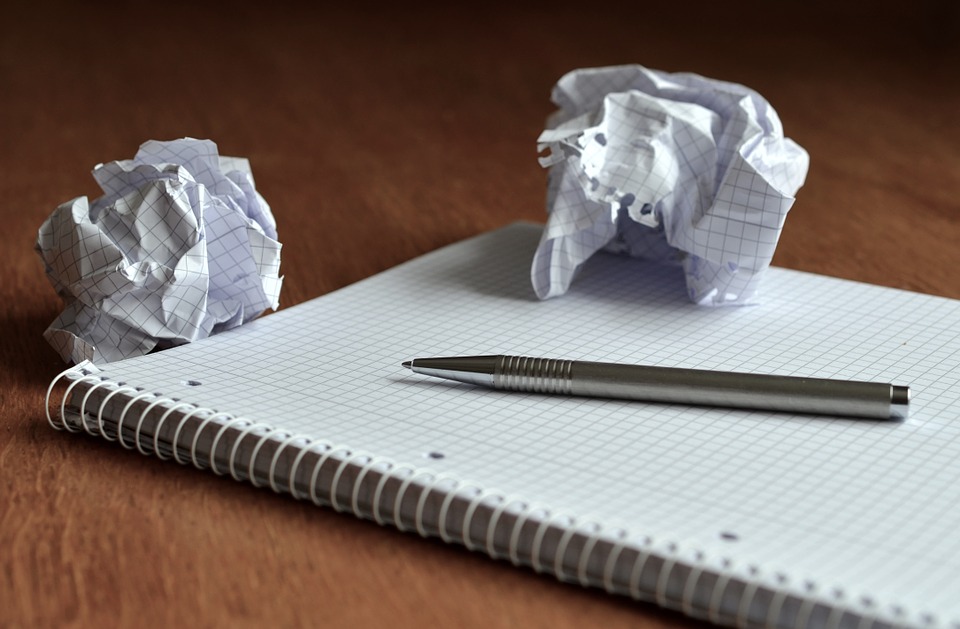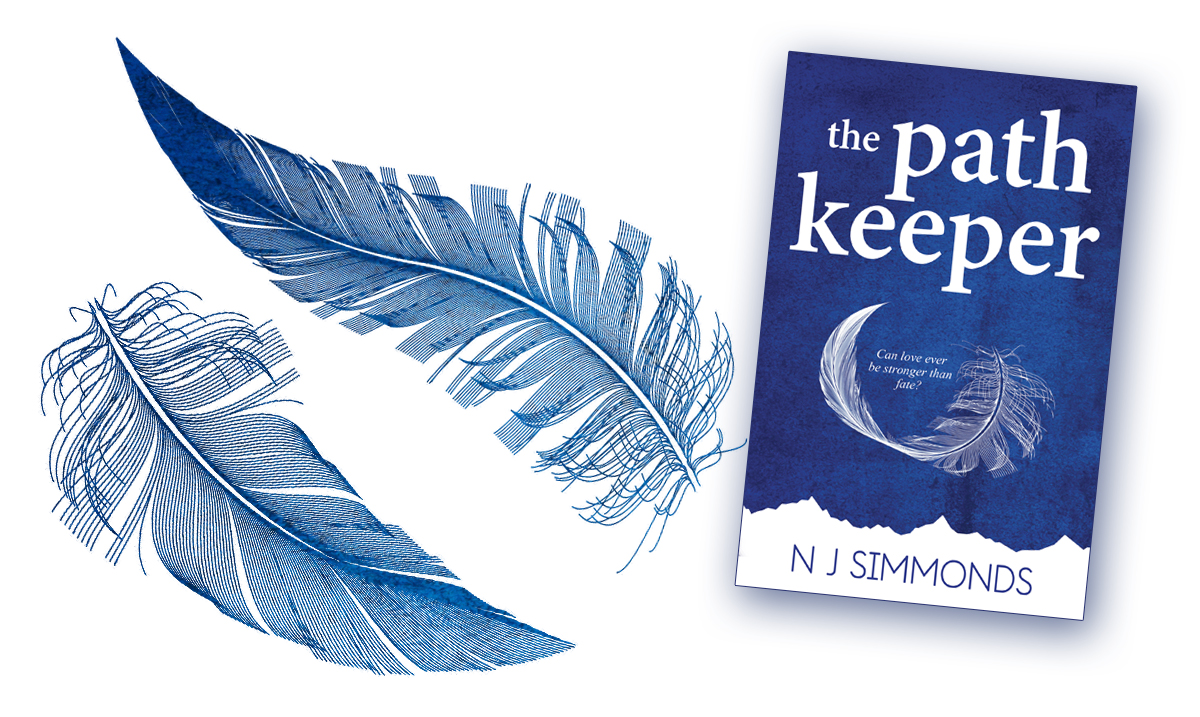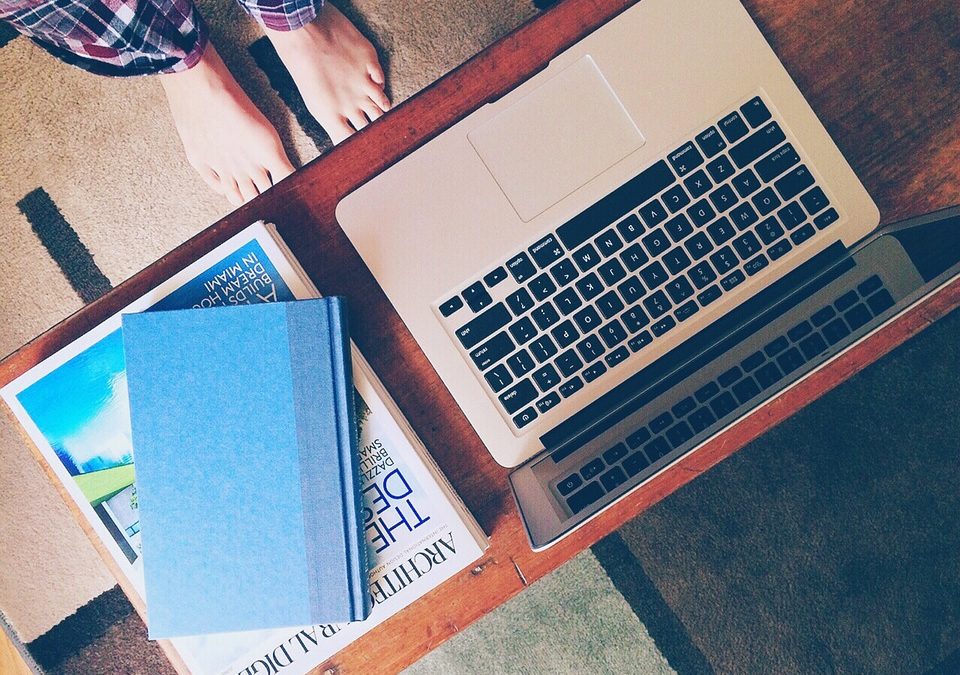Are you a visual thinker and struggling to plan your next novel?
Four years ago I decided to write my first book. I had a great story in mind, a bunch of interesting characters and a most importantly of all a huge desire to do so. I’ve been a writer all my life; in both my career in marketing and PR and as a freelance copy writer, so writing was something I knew. Getting a thousand words on paper that made sense, did their job and met a deadline was easy-peasy…but a novel? I had no idea where to start!
So the first thing I did was read every How To Write book, blog and article I could get my hands on – but I was left stumped. They all told me the same thing. Apparently I had to plan my plot, research, make lots of notes and then start at the beginning. From what I could see to be a ‘proper’ writer I had to have an entire wall full of notes and spider diagrams, I had to spend weeks and weeks researching and collating information, and then when I finally had everything in order I was allowed to start my novel…on page one.

But I didn’t want to. I don’t work that way.
For a long time I had been ‘watching’ the movie of my story in my head…I didn’t need to write lots of things down and I didn’t want to meticulously plan my book chapter by chapter. All this homework-like activity was stifling my creatively and taking the joy away, and we all know that when it comes to art you have to enjoy yourself or your discomfort and apathy is evident in your work.
I simply wanted to discover a way to transform the images from my head to the head of my readers through writing, without all that admin, yet no one could tell me how. My mind is clearly wired in a different way to everyone else’s!
I battled on regardless and after (not so much) blood, (even less) sweat and (many many) tears my first novel was finally finished and (crack open the champers) I got a publishing deal. But how could that be? I had cheated. I hadn’t followed all the writing rules full of spreadsheets and piles of notebooks. I had written it in my own very unique way
If this is you too, then read on. From one visual writer to another – here is my secret to planning a novel in a different way.

PICTURE PERFECT
Research mood board
Ever seen a face and decided you had to use that person in your book? Ever been somewhere and seen something so amusing, beautiful or spectacular that you had to add it to your novel so it could be immortalized forever? Ok, just me then.
I love a mood board. No I don’t cut stuff out and stick them on a board or in a special scrapbook, I can’t be bothered with all that mess, but I do have a very healthy Pinterest account and lots of folders on my laptop full of images of what I think my characters look like. I have snapshots of scenery and places I have never been, maps and old paintings and a Word document full of links to useful articles/websites that I may need to refer to. My novels are created out of pure imagination, but we all need the odd visual image to hang our ideas off.
Goodness me, trawling through the internet looking at photos of attractive men until I got the perfect representation of my protagonist Zac was such hard work. Honest!

DAYDREAM BELIEVER
Write it in your head before you put it on paper
I wrote my first book ‘The Path Keeper’ in just three months…in my head. Before I had even opened my laptop I spent hours and hours every day imagining what would happen next. It was what I thought about as I drove to work, what was churning through my mind at 3am when my baby would wake and not go back to sleep, and it was what I thought about during the white spaces of my day. Hanging out the washing became a treat when I got to use the time to figure out what happened next. Over the course of a few months my daily commute to and from work enabled me to ‘watch’ the movie of my book in my head, so when I finally sat down to write I knew exactly who everyone was and what would happen next.
The best thing about working this way is that you are ‘writing’ all the time. Plus there is no writer’s block – instead of sitting in front of a blank screen staring at the flickering cursor filled with a sense of foreboding and failure, all you have to do is daydream yourself out of every sticky plot situation.

BREAK IT UP, BREAK IT UP
Write it in chunks
Most people start writing their novel on page one and work themselves down to The End. I get that, it’s normal…but I can’t work that way.
Because I had already ‘seen’ what was going to happen in my book I already knew the rough order in which everything happened. Instead of writing notes and planning it out on paper I create a Word document for each chapter in the correct order of events. With ‘The Path Keeper‘ I named each one something descriptive such as ’01 Ella meets Zac’ or ’02 Ella goes to Indigo’ and wrote a few sentences of what was going to happen on each page before I got to that section. In fact, this is how I still write.
Breaking up my novel into chunks makes writing so much easier. If I need to add or take away a detail I can dip in and out much easier than scrolling through tens of thousands of words on one document. It also means I can write different parts of the book as and when the mood takes me.
Feeling a bit saucy? I write the sex scenes. Had a bad day? I’ll write the violent or thrilling parts. Feeling chilled, relaxed and happy? I’ll work on the descriptive chapters, the ones that are less about emotion and more about the detail. Art is about expression, and expression is about emotion, so in my opinion write what you feel like writing when you feel like writing it to get the best results.
When I share this way of working with other writers they get really nervous. ‘What about the word count?’ they cry. ‘Who cares?’ I answer. The most important thing is to get it all down on paper, it’s much easier to cut things out and condense a story than it is to feel limited with your content.

Once I am happy with all my chapters I create a new Word document and I cut and paste all sections in the correct order. Once it’s all on one page I format it. I correct the line spacing, check for typos and flow, read it from beginning to end a trillion times and add chapter and page numbers. Est voila! A proper novel.
I hope these tips have been helpful if you, like me, think in a pictorial fashion. On the other hand you may simply think I’m barmy, but who cares? The most important thing when it comes to writing a novel is the end result – telling a story worth reading…and it doesn’t matter what path you take to get there.

